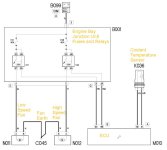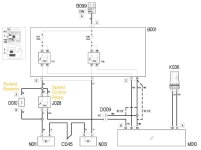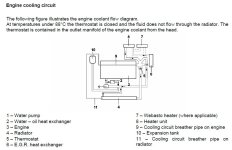DucatoGlobecar
New member
2018 Ducato 2.3-130 Multijet, Factory, Panel Van Conversion (Globecar), 120 miles into journey, very hot day, cooling water blown out of header tank (boiled), limp into lay-by. Allow to cool, top up from kettle (handy breaking down in a camper). Hint from a mate. Start engine with cab heater on full, no heat from heater, he reckons it's the water pump, might be the thermostat. Which is it, water pump of thermostat, what am I facing? Any ideas will be very welcome, with reasoning, if you can spare the time. AND, any ideas where I can get hold of suitable diagrams? Thanks.
- Model
- Ducato, 5,4m Camper Van, 2.3-130
- Year
- 2018
- Mileage
- 27000
Last edited:




